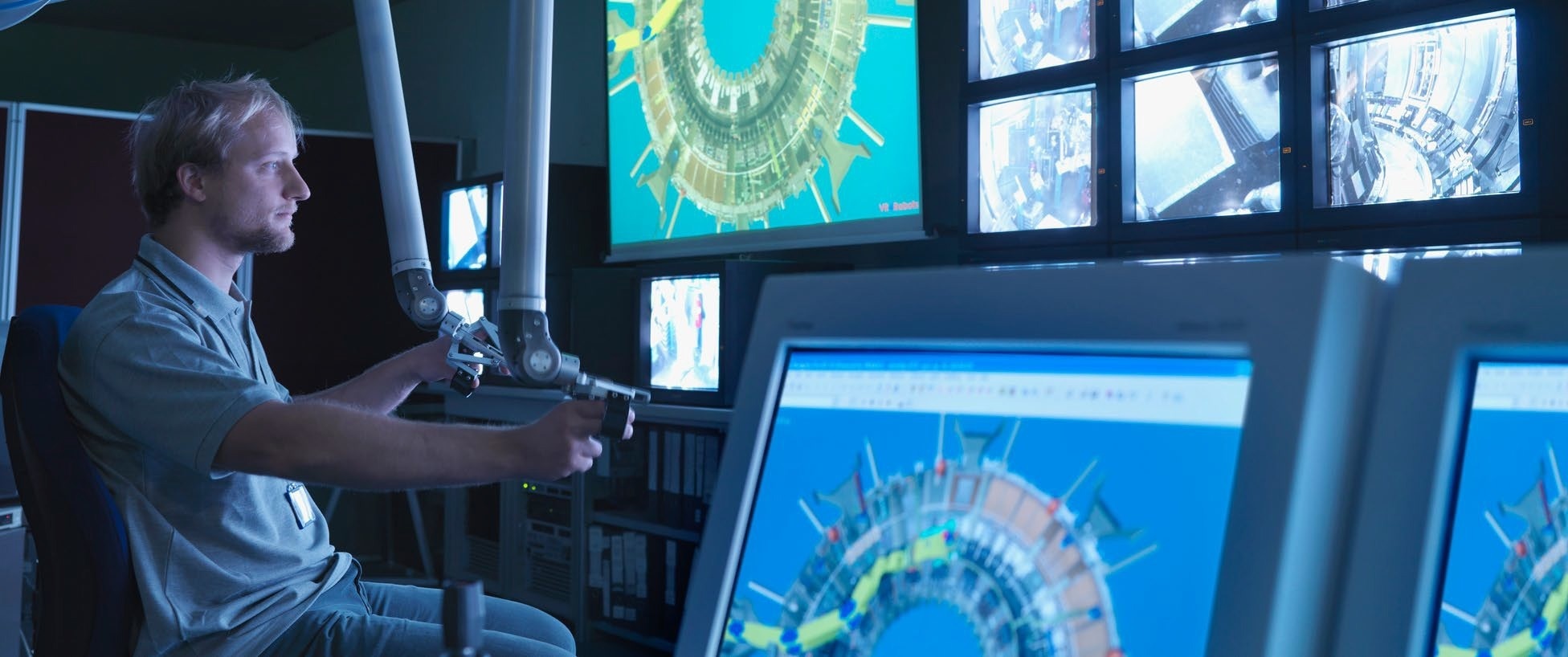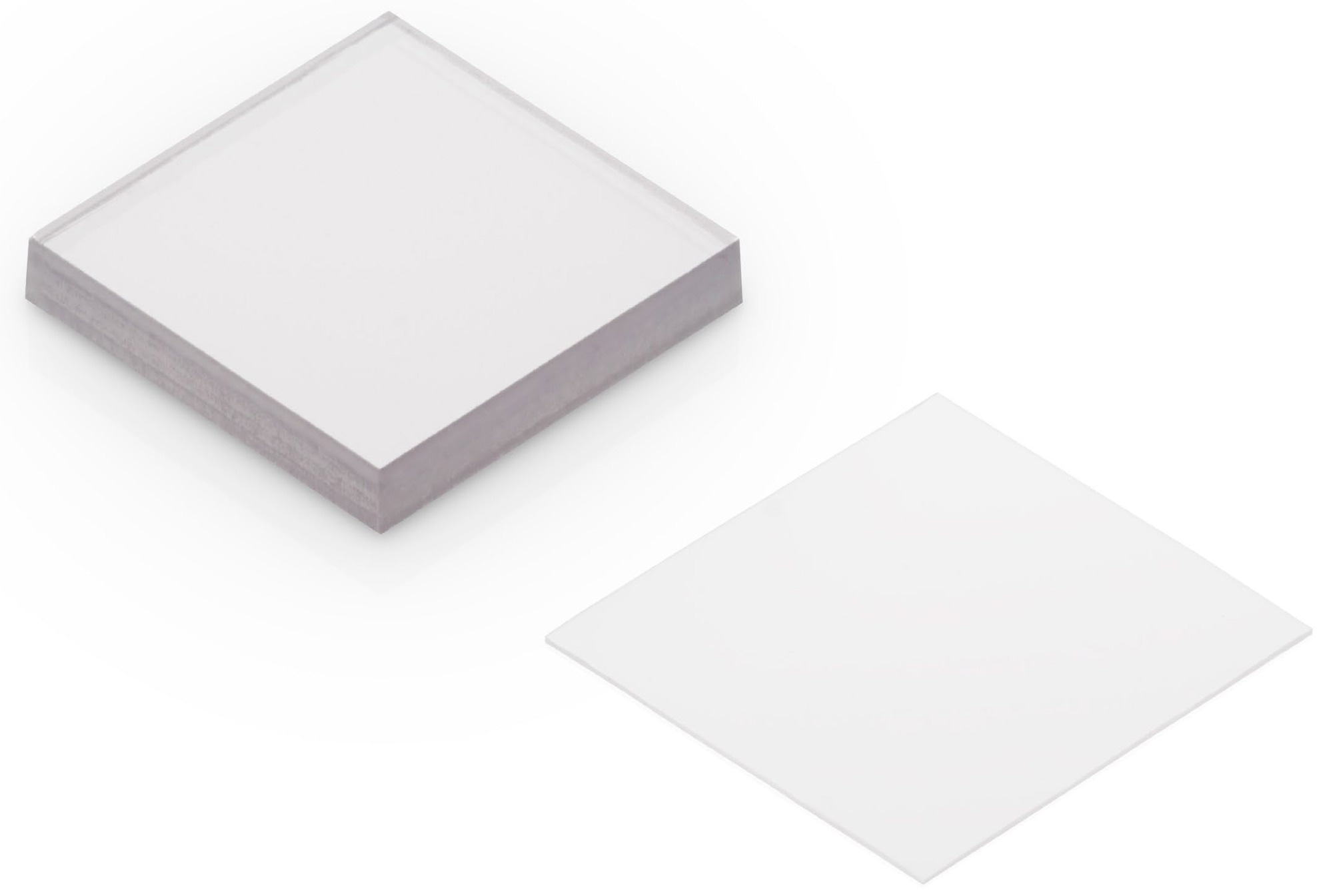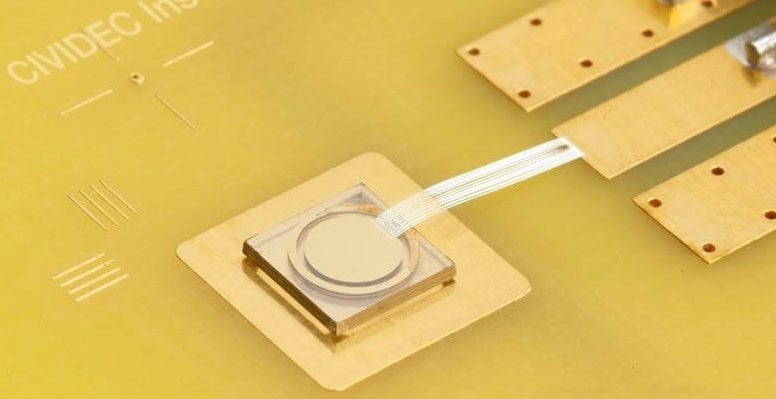Sponsored by Element SixReviewed by Emily MageeNov 4 2022
The application of CVD diamond in high energy particle physics, fusion experiments, and neutron sources as vital diagnostic tools has been accelerated by a long-standing development partnership between CIVIDEC Instrumentation and Element Six.
Prof. Erich Griesmayer established CIVIDEC Instrumentation GmbH in 2009. He intended to utilize the unique intrinsic electronic characteristics of electronic grade chemical vapor deposition (CVD) diamond to produce a range of adaptable radiation diagnostic systems for neutrons, charged particles, and X-Rays.
Real-time beam loss monitoring systems for particle accelerators with 1 nanosecond resolution, Synchrotron beam positioning systems with ±1 nm precision, and neutron monitoring systems with 1 MHz sampling rates and energy resolution of 20 keV are examples of innovations.
Element Six’s breakthroughs in electronic grade diamond engineering and production have been critical to CIVIDEC’s success, working together in partnership to determine the critical material and device parameters to offer our customers the perfect tailored solution.
Prof. Erich Griesmayer, CEO, CIVIDEC Instrumentation GmbH

Image Credit: Element Six
Target Applications
As more advanced diagnostic tools emerge, diamond-based neutron detectors have emerged as vital diagnostic instruments for many industrial, security, and research applications. These detectors have tremendous capabilities.
Neutron Diagnostics for Fusion Reactors
Diamond is the perfect sensor material for deuterium-tritium (DT) plasma diagnostics in fusion reactors like ITER. Diamond detectors can directly recognize fast neutrons and separate them from the background radiation due to their radiation hardness and quick response.
Temperature Stability
Neutron generators frequently use high temperatures, so effective neutron diagnostic equipment must be resistant to these circumstances. Given these criteria, diamond is the ideal material due to its ability to operate consistently up to 500 K.
Gamma Ray Rejection
Effective neutron diagnostics must reject gamma radiation background because high quantities of gamma radiation characterize neutron environments. Diamond is the best sensor material for rejecting gamma rays because of its low atomic number and inherent gamma insensitivity.
D-D Plasma: The Special Case
Gamma insensitivity and strong spectroscopic performance of single crystalline diamond sensors are essential, especially for D-D plasma diagnostics with their intrinsically low neutron energy deposition. High-quality material readily available in the marketplace enables the sensors to be set up most advantageously for these uses.
Diamond detectors can be customized to fit the needs of various studies and commercial applications. They are small, temperature insensitive, radiation resistant, and mechanically robust platforms for neutron diagnostic technology.
About Element Six CVD Diamond
- Leveraging more than 30 years of creative leadership and a substantial patent portfolio in single crystal CVD diamond, Element Six introduced the Electronic Grade Single Crystal range as the ultimate high-energy particle detector semiconductor.
- For optical, thermal, acoustic, quantum, and sensing applications, synthetic CVD diamond is engineered.
- The ELSC™ Series features superior radiation hardness, fast response times, high-temperature stability, and 100% charge-collecting efficiency.
Plasma diagnostics and control are an immense technical challenge for the next generation of fusion energy reactors currently being constructed. Element Six is proud to be a solutions provider for cutting-edge, high temperature neutron detectors, which represent a critical part of these fusion experiments.
Dr. Tim Mollart, Principal Application Engineer, Element Six
Why Single Crystal Diamond?
Strong performance solid state detector devices are made possible by intrinsic diamond processing’s exceptional semiconductor qualities, which can be used for a long time in high radiation settings.
The CVD diamond synthesis process allows for the management of both bulk and surface imperfections, which has led to the fabrication of diamond crystals with unmatched performance in detector applications.
- High mobilities and a 1 microsecond charge lifetime allow for 20 keV-resolution spectroscopic applications and energy-selective detectors.
- Diamond detectors, such as instrumented collimators, are perfect for insertion monitoring devices due to their low absorption cross-section and high dynamic range.
- Diamond solutions are temperature independent and insensitive to visible light compared to silicon-based devices.
- In extreme fluence >1015 particles cm–2 applications, the substantial atom displacement energy of 42 eV enables radiation tolerance and lifetimes that are unmatched.
- In strong radiation conditions, diamond detectors function with high bias voltages, extremely low leakage currents, and minimal power consumption.

Element Six’s ELSC™ Series. Image Credit: Element Six
Visit www.e6cvd.com to learn more
The Collaboration
Prof. Erich Griesmayer decided to start CIVIDEC in 2009, two years after Element Six unveiled their Electronic Single Crystal (ELSC) Grade diamond, due to their long-standing and close collaboration on CVD diamond radiation detector development at CERN.
With a primary focus on Large Hadron Collider (LHC) beamline diagnostics, work on constructing neutron detectors commenced with tests in the neutron time-of-flight (n_TOF) facility at CERN in 2010.
Since that time, Element Six has given CIVIDEC:
- Expert assistance regarding diamond material solutions
- New solutions for targeted applications and markets
- Developed and improved ELSC grades
- Access to early-stage prototype devices
CIVIDEC, a prominent provider of diagnostic instruments to the high-energy particle detector community, has been an ideal partner for Element Six’s special diamond capabilities. Diamond solid state solutions have seemed to take the place of silicon in crucial applications as each generation of particle accelerators, fusion experiments, and synchrotron light sources reach increasingly higher energy levels.
Electronic grade diamond neutron detectors are gaining importance in various neutron applications. The combination of excellent detector characteristics, background selectivity, thermal robustness and radiation hardness make it uniquely suited for harsh environments.
Dr. Christina Weiss, Scientist, CIVIDEC

Image Credit: Element Six
Further Reading
- Charge carrier properties of single-crystal CVD diamond up to 473 K - B. Kraus et al., NIMA 989, 164947, (2021)
- Particle interactions with diamond detectors - C. Weiss et al., IBIC2019-MOPP016 (2019)
- B7-HT high-temperature fast-neutron diamond detector - C. Weiss et al., Eur. Phys. J. A 52:269 (2016)
- Charge-carrier properties in synthetic single-crystal diamond measured with the transient-current technique - H. Pernegger et al., Journal of Applied Physics 97, 1, (2005)
- Advanced neutron spectroscopy in fusion research - G. Ericsson, Journal of Fusion Energy 38 330–355 (2019)

This information has been sourced, reviewed and adapted from materials provided by Element Six.
For more information on this source, please visit Element Six.